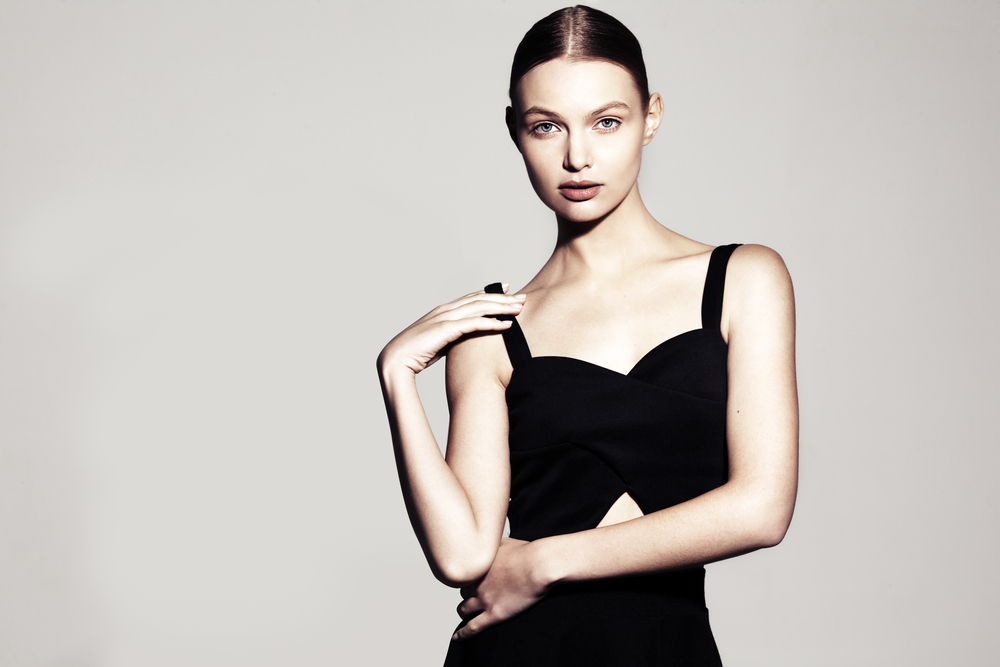
The world of modelling has always captivated us, with its glitz, glamour, and iconic fashion moments. From walking the runway to gracing the covers of top magazines, models are the face of a constantly evolving industry that thrives on artistry, creativity, and hard work. However, beyond the flashing lights and picture-perfect images, the modeling industry faces its own set of challenges. In this article, we will delve into the artistry and challenges of the modeling industry, gaining valuable insights from the runway.
The Artistry of Modeling
At its core, modeling is an art form that allows individuals to express themselves through the clothes they wear and the way they present them. Models are more than just beautiful faces; they are the embodiment of a designer's vision. Each step they take down the runway tells a story, showcasing the artistry behind every garment.
From haute couture to streetwear, models have the power to breathe life into fashion. They possess the ability to convey emotions and narratives through their poses, facial expressions, and movements. Modeling is a visual language that speaks to the harmonious blend of clothes, styling, and the unique personalities of the models themselves.
The runway is where this artistry truly shines. Models walk with grace, precision, and confidence. They transform fashion shows into captivating experiences, leaving a lasting impression on the audience. Runway modeling requires hours of practice, perfecting the art of walking and posing. It is an art demanding immense dedication, discipline, and the ability to adapt to different styles and trends.
Challenges of the Modeling Industry
However, the modeling industry is not without its challenges. Behind the scenes, there is a darker side that often goes unnoticed. Models face numerous obstacles in their pursuit of success.
One of the most significant challenges is the pressure to conform to rigid beauty standards. The industry tends to favor a certain body type, height, and appearance, which can lead to unhealthy competition and the perpetuation of unrealistic beauty ideals. The pressure to meet these standards can be mentally and physically exhausting, often resulting in eating disorders and low self-esteem.
Furthermore, the grueling schedule and constant traveling can take a toll on a model's physical and mental well-being. Irregular sleep patterns, long hours, and the constant pressure to maintain a picture-perfect look can lead to exhaustion and burnout. Models must have a robust support system to navigate these challenges and prioritize self-care.
Transparency and diversity have also been major concerns in the modeling industry. There has been a growing demand for inclusivity, with calls for more representation of different races, body sizes, and gender identities. The industry is slowly embracing this change, but there is still a long way to go to ensure that everyone feels seen and represented.
FAQs:
1. How can someone become a model?Becoming a model requires dedication, perseverance, and a strong portfolio. It is recommended to start by reaching out to reputable modeling agencies or attending open casting calls.
2. What are the physical requirements to become a model?
Physical requirements vary depending on the type of modeling, but generally, a height of 5'7" to 6'0" for women and 5'9" to 6'2" for men is preferred. However, the industry is becoming more inclusive, and there are opportunities for all body types.
3. How much do models earn?
Earnings in the modeling industry can vary greatly. Established models can earn substantial amounts, while newcomers may start with lower rates. Income depends on factors like experience, demand, and the type of work.
4. Is age a barrier in the modeling industry?
The modeling industry values youth, but there are opportunities for models of all ages. Aspiring older models can find success in areas such as commercial, lifestyle, and mature modeling.
5. How can the fashion industry improve diversity and inclusivity?
The fashion industry can improve diversity and inclusivity by casting models of different backgrounds, sizes, and gender identities. Brands should also ensure that their marketing and advertising campaigns portray a diverse range of people.
In conclusion, the modeling industry is a realm of artistry, creativity, and challenges. The runway showcases the artistry behind each garment, while models play a pivotal role in bringing a designer's vision to life. However, the industry's challenges, such as strict beauty standards and lack of diversity, should not be ignored. By addressing these issues and fostering inclusivity, the runway can become a true reflection of the artistic beauty of the world.
Other useful resources
- https://www.planetmodelphoto.com/models/modeling/usa/charlotte/nc-north-carolina
- https://en.wikipedia.org/wiki/Category:Models_by_modeling_agency
- https://www.planetmodelphoto.com/models/modeling/usa/wilmington/nc-north-carolina